Tool/software:
Hi TI experts,
The circuit design of TPS62130RGTR is shown in the figure below.
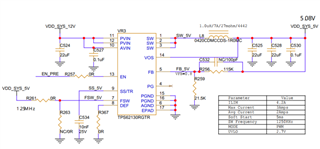
We conducted the electrical performance testing on the TPS62130RGTR according to its rated maximum current of 3A, although our actual application current does not exceed 2A.
we found that for different batches of the 62130 chip, the Jitter test on SW-GND shows significant variations under both steady-state and transient power load conditions.
The comparative test waveforms are shown below.
1、Batches with better Jitter test performance
(1)steady-state test conditions


(2)transient test conditions


2、Batches with poorer Jitter test performance
(1)steady-state test conditions
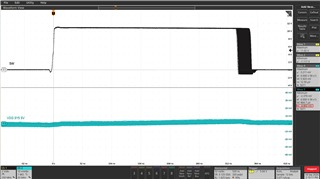
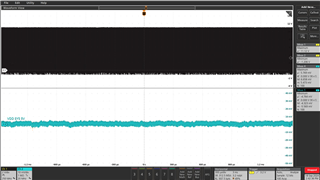
(2)transient test conditions
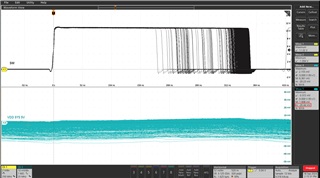
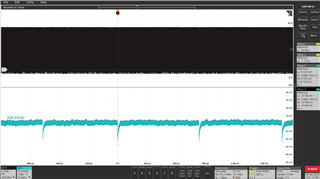
For batches with poorer Jitter test performance, could you please analyze whether there might be any potential risks with the current design? Do you have any better suggestions?
Thank you.

